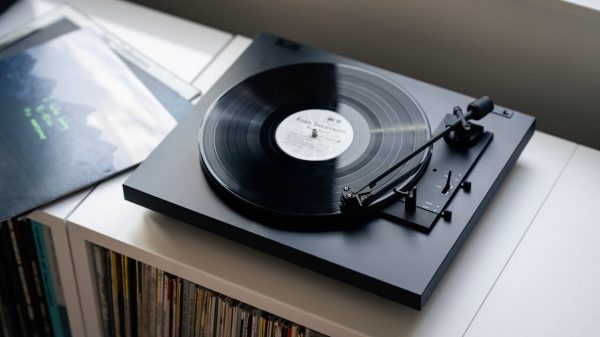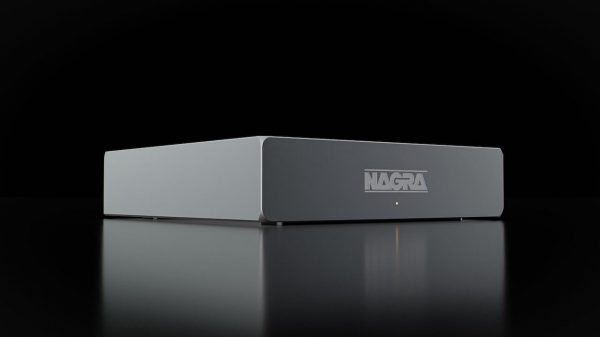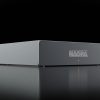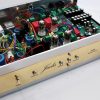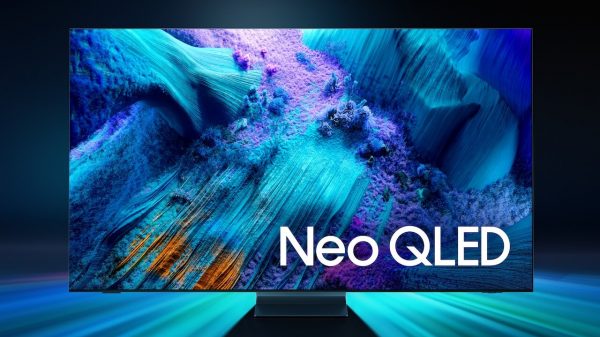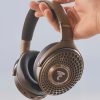One Laptop per Child Creates The XO Laptop That Consumes One-Tenth the Power of Typical Laptops and Earns Highest European and U.S. Environmental Certifications
The world’s most innovative laptop computer, developed by the non-profit One Laptop per Child (OLPC) initiative specifically as an educational tool to help children in developing countries “learn learning,” is also the world’s most energy-efficient and environmentally friendly laptop, based on independent evaluations and data released today by OLPC.
The green-colored XO laptop, which will begin manufacturing and distribution in volume later this year, consumes the least power, minimizes toxic materials, is extraordinarily rugged, has a long lifetime, works with renewable power sources, and is itself recyclable. As a result, the XO laptop has earned the highest environmental certifications: it is in full compliance with the European Union’s rigorous RoHS(a) standards; it has qualified for Energy Star 4.0 Category A (the most stringent ranking); and it has received the US PC and notebook environmental ratings agency EPEAT Gold(b) rating, one of only eight laptop computers to do so.
“In developing the XO laptop, OLPC had the goal of creating a child-friendly educational tool that inspires creativity and learning for children all over the world,” said Mary Lou Jepsen, chief technology officer at OLPC. “But equally important for us was to produce a laptop that could be used in remote areas with unreliable or limited energy sources. The result is a laptop computer that has more than 10 times less environmental impact than the average laptop computer. It’s the greenest laptop ever made, and that’s not just its color.”
The XO laptop requires just one-tenth of the electrical power necessary to run a typical laptop and has been designed to be able to run without an electrical input so that children around the world can use human-generated and solar energy to power the laptop. In addition, the toxins found in most laptops – including mercury, cadmium, lead, and hexavalent chromium – have been dramatically reduce or eliminated in the XO laptop.
According to ENERGY STAR, an average idle desktop computer uses 70 watts of power and an average idling laptop computer consumes 20 watts of power. When idle, the XO laptop uses a single watt of electricity. If everyone in the world replaced their desktop or laptop with an XO laptop, roughly 85 billion kilowatt hours would be saved for a total of $9 billion. That translates into 50 million barrels of oil and 65 billion metric tons of carbon dioxide emissions. Put another way, if all laptops and desktops switched to the OLPC architecture, the savings in power spending alone would be enough to buy 50 million laptops outright for the world’s poorest children.
The XO laptop’s radically lower energy consumption is enabled by a new computer architecture: the wifi and new ultra-low-power screen can stay on while the CPU is momentarily switched off, dramatically saving power. AMD has designed a unique CPU that can turn on and off so quickly that the downtime is imperceptible to the user, but dramatically prolongs battery life.
“AMD is a leader in the global technology industry with a focus on advancing energy efficient computing technologies and working with industry partners and governments to reduce energy use. AMD has produced a chipset that enables the low power consumption of the XO laptop. It’s one of the amazing innovations that make us proud to be a founding partner of the OLPC project,” said Gustavo Arenas, corporate vice president, High-Growth Markets and Innovations, AMD. “OLPC’s XO laptop is a wonderful example of the benefits that can come when innovation is driven by the needs of consumers and not simply for the sake of innovation alone.”
Among the XO laptop’s other environmentally friendly attributes and innovations:
- The XO laptop is more rugged — it will last longer, thus staying out of landfills longer. It has been designed for a five-year lifetime even in extreme environments like the outdoors, the jungle, and the desert. The average laptop has a two-year lifetime when used in an office and far less when brought outside or to the desert. Doubling the lifetime of the laptop halves its environmental impact.
- The XO laptop is about half the size and weight of typical laptops. Less material halves the environmental impact.
- The XO laptop is designed for use with renewable energy sources. It’s the first laptop made with renewable energy accessories: a hand crank, a small solar panel, a foot pedal, or a lawnmower style rope pull will recharge the laptop.
- The XO laptop uses a new battery using LiFeP (Lithium Ferro Phosphate) chemistry that lasts four times longer than standard laptop batteries, and is vastly safer than the current dominant technology of Lithium Ion.
About One Laptop per Child
One Laptop per Child (OLPC) is a non-profit organization created by Nicholas Negroponte and others from the MIT Media Lab to design, manufacture and distribute laptop computers that are sufficiently inexpensive to provide every child in the world access to knowledge and modern forms of education. The laptops will be sold to governments and issued to children by schools on a basis of one laptop per child. These machines will be rugged, open source, and so energy efficient that they can be powered by a child manually. Mesh networking will give many machines internet access from one connection. The pricing goal is $100.
(a) The RoHS Directive stands for “the restriction of the use of certain hazardous substances in electrical and electronic equipment”. It was adopted in February 2003 by the European Union and took effect on July 1, 2006. This Directive bans the placing on the EU market of new electrical and electronic equipment containing more than agreed levels of lead, cadmium, mercury, hexavalent chromium, polybrominated biphenyl (PBB) and polybrominated diphenyl ether (PBDE) flame retardants.
(b) EPEAT (http://www.epeat.net), which stands for Electronic Product Environmental Assessment Tool, is an easy-to-use, on-line tool helping institutional purchasers select and compare computer desktops, laptops and monitors based on their environmental attributes. Many computers contain high levels of substances known to cause human health or other related environmental hazards. The EPEAT standard is designed to reduce these risks by establishing required or optional thresholds for a variety of hazardous substances. EPEAT was developed using a grant by EPA and is managed by the Green Electronics Council (GEC). The three-tiered EPEAT standard includes 23 required criteria and 28 optional performance criteria in the following eight categories:
- Reduction/Elimination of Environmentally Sensitive Materials
- Materials Selection
- Design for End of Life
- Life Cycle Extension
- Energy Conservation
- End of Life Management
- Corporate Performance
- Packaging
Products meeting all 23 of the required criteria will be identified as EPEAT Bronze products. Products meeting the 23 required criteria and at least 50 percent of the optional criteria will be listed as EPEAT Silver products. Those meeting the 23 required criteria and at least 75 percent of the optional criteria will be designated EPEAT Gold products.


